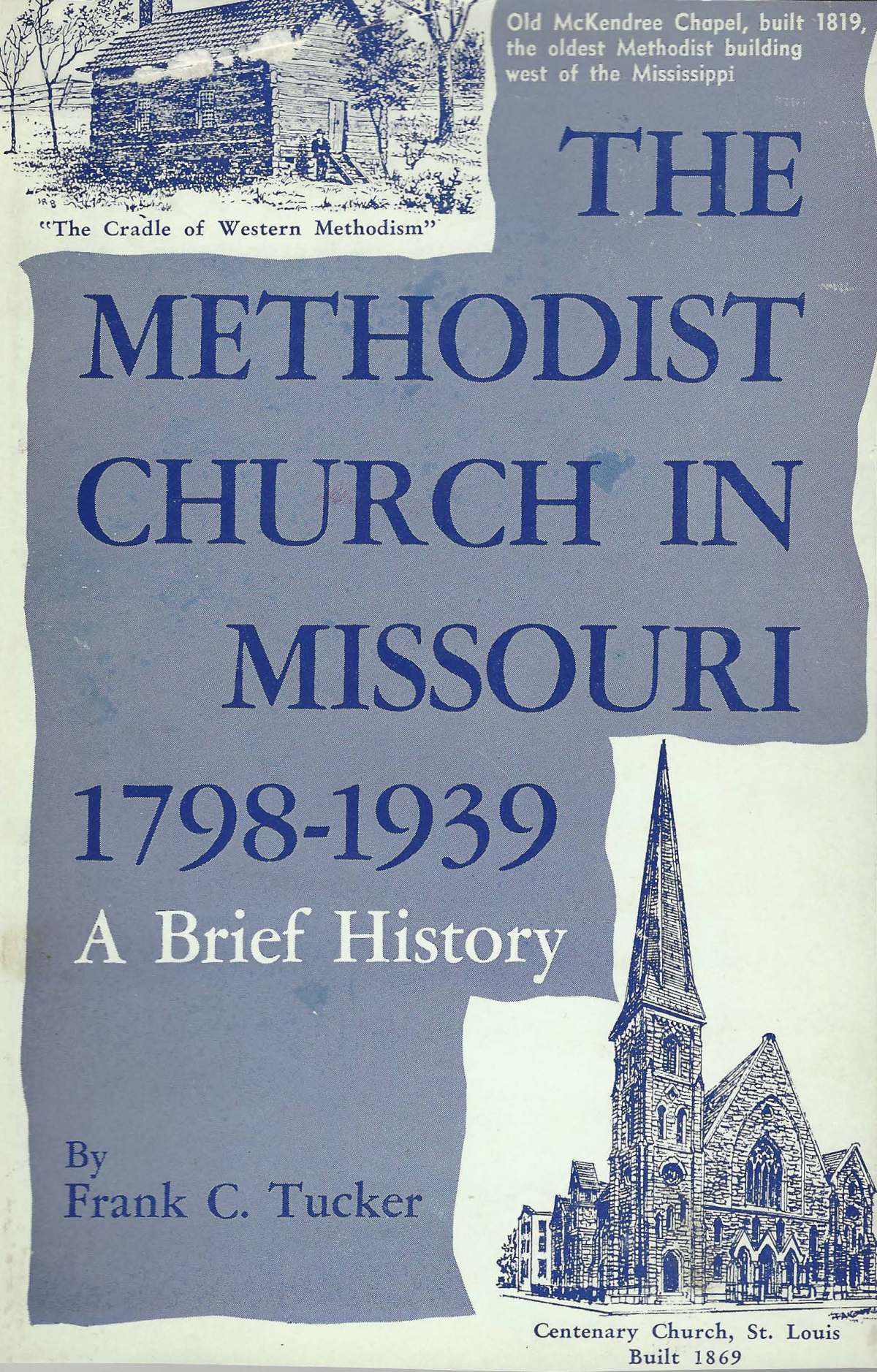It has again been a long time since I have posted. There is much to report.
My sabbatical from teaching and administrative responsibilities at Trinity Christian College began in January and continues to the middle of August. I have taught at Trinity for eighteen and a half years, but this was the first time I have ever taken a sabbatical. I never thought that I would want to be away from teaching for eight months. My wife will tell you that I get antsy at the end of the summer when I haven’t been teaching for just a couple of months. But it was absolutely necessary for me to have the time to finish the book. When I got the book contract from Eerdmans in 2017, they gave me five years; my deadline is the end of August, 2022.
The sabbatical has been an incredible blessing. Between January and May, I was able to work almost exclusively on the book. In January and February, I worked through the available manuscripts of all eight Little House Books, microfilm copies of the Mansfield Mirror from 1923 to 1957, and all of Rose Wilder Lane’s diaries and journals. I also wrote drafts of the final three chapters of the book. In the middle of March, I did my last research trip to Missouri. I visited Ellis Library at the University of Missouri in Columbia, the Missouri United Methodist Archives (MUMA) at Central Methodist University in Fayette, and the State Historical Society of Missouri in Columbia (SHSMO). By the end of March, I had finished a draft of the entire book. I then attended the Conference on Faith and History Biennial Meeting at Baylor University in Waco, Texas. It was supposed to be held in fall 2020, but it was postponed twice because of covid. I did not present, but I connected with many old friends, and I made some new ones.
In April and early May, I revised the book. My initial draft was around 107,000 words, and my contract says the book should be around 80,000. So I worked through the manuscript several times, scrapped almost all of one chapter, examined every single quotation, and read the entire book out loud. The word count is now much closer to the target number. I never would have been able to complete the book without the sabbatical. Bill Anderson has graciously agreed to read it and give me his comments.
In the middle of June, I will travel to Burlington, Vermont, to present at LauraPalooza 2022: The Wilder Side. LauraPalooza is held only once every three years, and it is my hope that the book will be out next year, so I thought it would be good to give a preview to those who are most likely to be interested in it. Many thanks to the Laura Ingalls Wilder Legacy and Research Association (LIWLRA) for their work on the conference, particularly Lauri Goforth and her attention to the many, many details. Lauri offered to let me sell copies of my second book, Almost Pioneers, and hand out materials about “On the Pilgrim Way”: The Faith of Laura Ingalls Wilder. To provide a better experience for those interested in my research, I have completely overhauled the website.
My year has also been full of family milestones. My son Stephen graduated from Geneva College in Western Pennsylvania in May, started a new job in Pittsburgh last week, and moved to a new apartment two days ago. His wife Amanda is due in July. My youngest son Daniel graduated from Chicago Christian High School in June. And my only daughter Deborah is getting married in August. My wife Paula and I have traveled to Pennsylvania twice already, and we will be going back after the baby comes. (Paula will be going back again to take Daniel and my son Benjamin to Geneva at the end of August.) In September, it will just be Paula and me in the house.
At any rate, the book is coming. Thanks to everyone who continues to follow my work and give me encouragement.
Links:
Missouri United Methodist Archives
State Historical Society of Missouri
Almost Pioneers: One Couple’s Homesteading Adventure in the West


